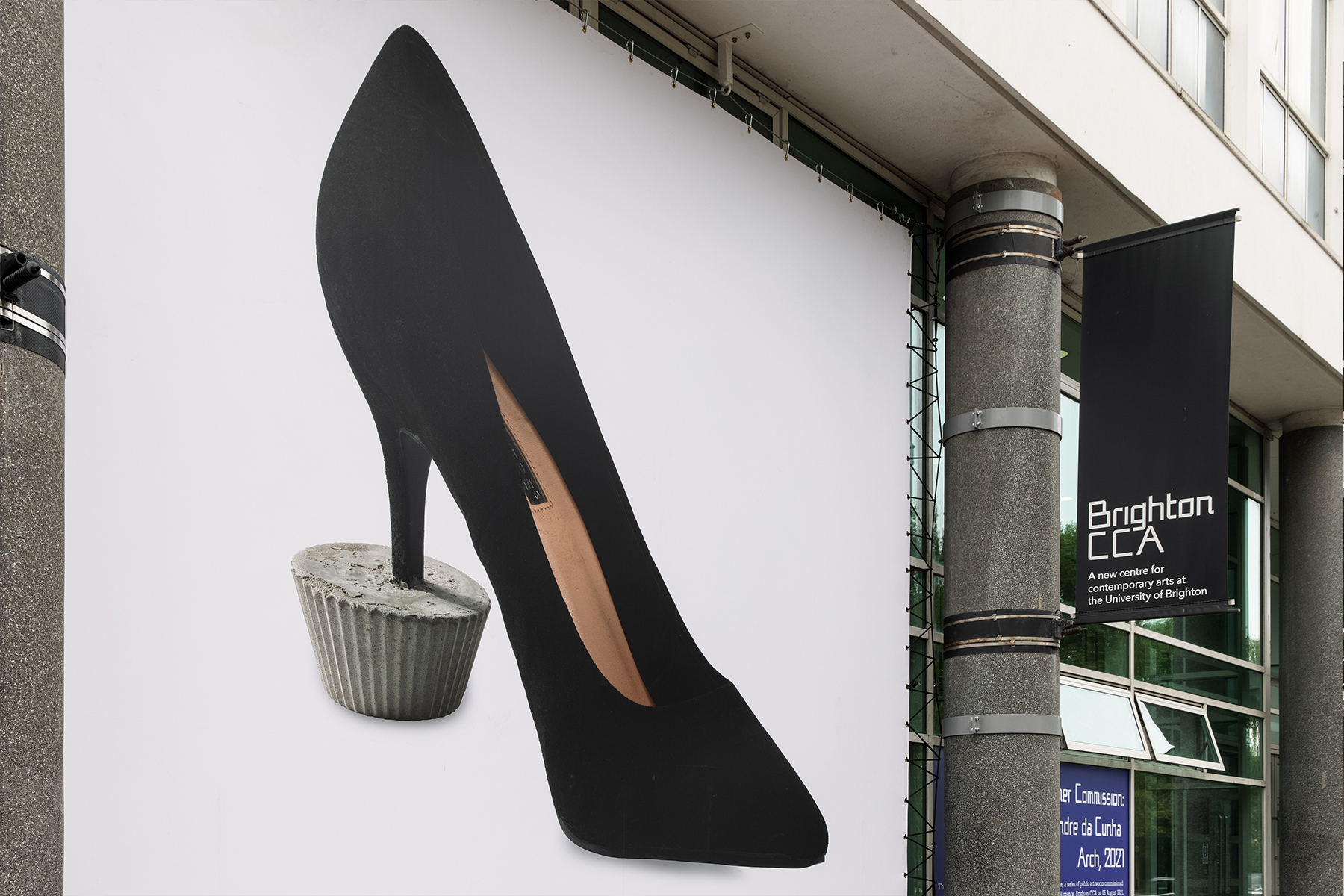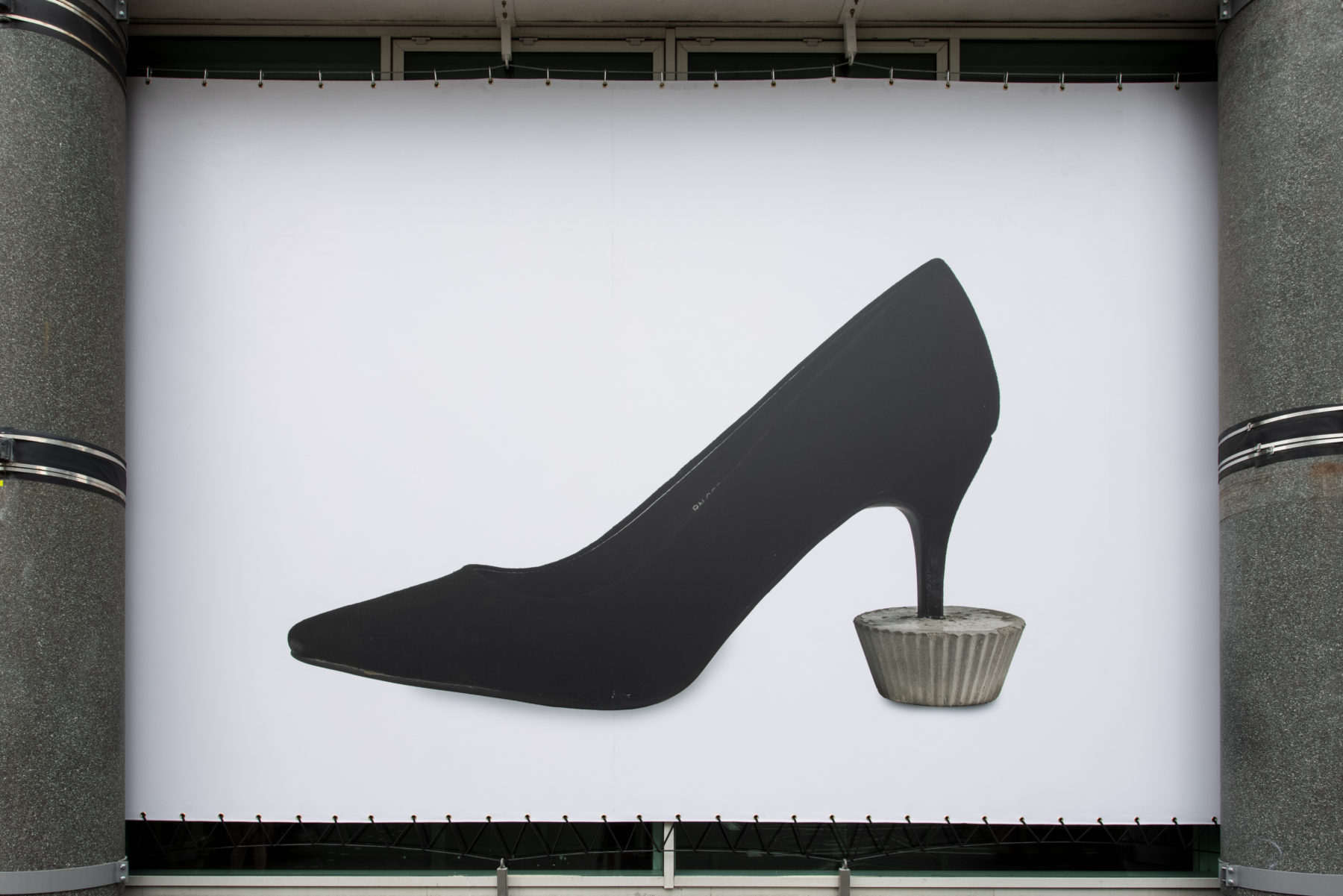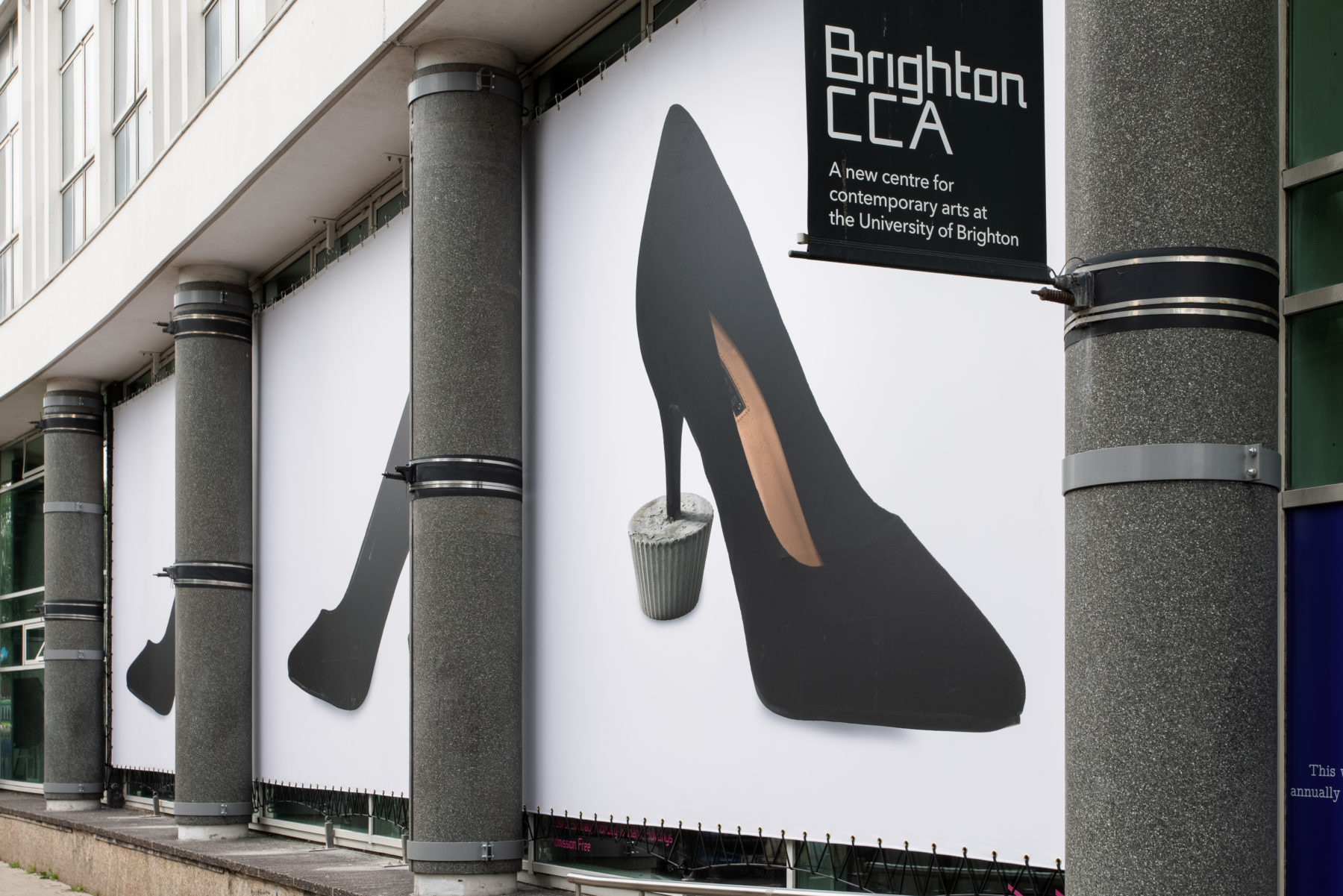Alexandre da Cunha
Summer Commission: Arch
The summer commission is series of public art works in Brighton. Each year a selected artist is chosen to create a new work for the front of the Brighton CCA galleries.
Alexandre da Cunha is an artist working with found materials and objects, subtly manipulating the things we find around us in the everyday, building on the history of the readymade, to articulate the simple beauty he finds in their form and function. Speaking about his practice da Cunha describes his engagement with a ‘culture of objects’ – their life and usage – and the ways in which these things inform our perception of objects. Central to the work is a realignment of how we see the materials around us, what the artist describes as an of archeology of the now, in which we see objects as if artefacts from a disappeared half understood culture simultaneously familiar and mysterious.
In Arch da Cunha’s new work commissioned by Brighton CCA, this process plays out in epic scale before the gallery windows. The artist combines an iconic image of a black stiletto anchored within a concrete fairy cake: symbols of innocence and adulthood, indulgence and luxury, power and celebration. The work co-opts the language of advertising and consumption using the scale of the billboard hoarding; depicting its mysterious subject from multiple angles, rotating, much as we experience a display in a shop window yet without logos, price or explanation. In creating works for the public realm da Cunha is responsive to context. Grand Parade, the site of this work, was named for the processional royal route through Brighton, in the last year its has seen protests against police violence, marches in support of Black Lives and forms part of the Pride march route through the city. It is deeply connected to the act of walking. In the history of Brighton, as a centre of Pride and with a proud heritage of drag the image of the stiletto has a further resonance to the communities surrounding this work.
As with much of da Cunha’s work human presence is both central to it but also absent. The umbrella’s, walking sticks and shoes are all divorced from the bodies they serve and yet the works cannot be thought of without them. Arch is certainly no different, it is a celebration of human culture, an embrace of the absurd and the humorous as much as symbol of a collective history with all its glamour, oppression, hope and folly. At first glance Arch could be read as product placement from a luxury brand, but presented on the front of an art school, combining apparently unrelated objects and materials, it equally speaks to a process of experimentation and artistic vision.
Generously supported by Brighton Festival, Omni Colour and the Brazilian Embassy in London.




